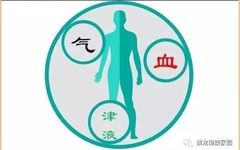

Body fluids (津液, jīnyè) are widely present in the organs, tissues, and interstitial spaces of the body, playing a role in nourishing and moistening. At the same time, body fluids can carry Qi (气, qì), allowing Qi to circulate throughout the body and perform its physiological functions. Body fluids are also one of the material bases for the production of blood (血, xuè), closely related to the generation and circulation of blood. Therefore, body fluids are not only the fundamental substances that constitute the human body but also the essential materials that maintain life activities.
【Basic Concepts】
Body fluids refer to all normal fluids in the human body. They include the normal bodily fluids and secretions of various organs, such as gastric juice, intestinal fluid, saliva, and synovial fluid. It also habitually includes metabolic products like urine, sweat, and tears. Thus, it is said: “Sweat and urine can both be referred to as body fluids; in fact, they are all water” (from “Notes on Medicine, Theories of Qi, Blood, and Spirit”). Body fluids are primarily composed of water and contain a large amount of nutrients, serving as the basic substances that constitute and maintain human life activities.
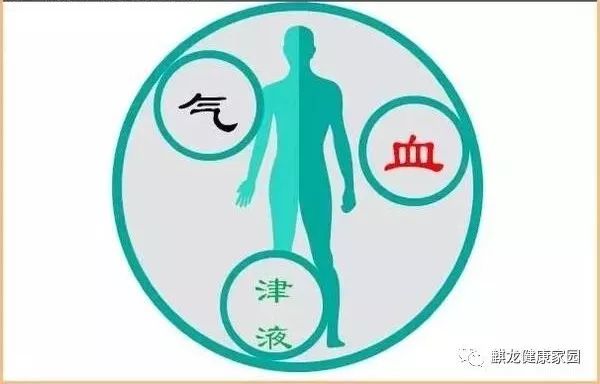
Due to differences in properties, distribution, and functions, body fluids are classified into two categories: Jin (津) and Ye (液). Jin refers to the clear and thin fluids that exist within the Qi and blood, distributed in the skin, muscles, orifices, and penetrating into the blood vessels, having a moistening effect; while Ye refers to the thick and turbid fluids that are infused into the joints, organs, brain marrow, and orifices, having a nourishing effect. Jin and Ye are essentially the same, both originating from food and drink, and they influence and transform into each other, hence they are often collectively referred to as body fluids.
【Generation and Distribution】
The generation of body fluids originates from food and drink, which are received, fermented, and digested by the stomach. The refined essence is then transmitted to the small intestine, where it is separated into clear and turbid parts. The nutritious essence is absorbed and sent upward to the spleen, while the turbid waste is passed down to the large intestine, which absorbs the remaining water to form feces, expelled through the anus.
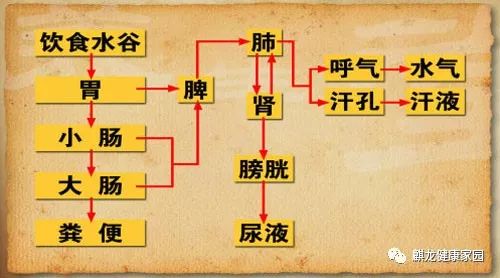
The distribution of body fluids is primarily accomplished by the spleen, lungs, kidneys, and the San Jiao (三焦, three burners). The spleen transports the body fluids received from the stomach and intestines upward to the lungs, which, through their functions of dispersing and descending, distribute the body fluids throughout the body via the San Jiao channels, reaching the skin and nourishing the internal organs, thereby moistening and nourishing all tissues and organs. Metabolic waste is directed downward to the bladder, where the kidneys perform the function of transformation, allowing the nutritious clear parts of the metabolic waste to rise to the lungs, distributing throughout the body, while the non-nutritive turbid parts are expelled from the body as urine or sweat, maintaining a relative balance of body fluids.
【Main Functions】
The main functions of body fluids include nourishing and moistening, generating blood, regulating Yin and Yang, and excreting waste.
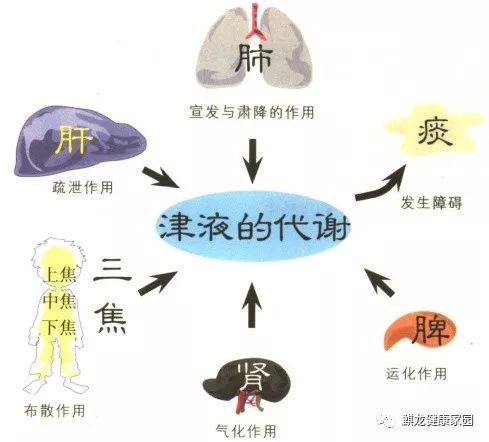
1. Nourishing and Moistening: Body fluids, primarily composed of water, have a strong nourishing effect and are rich in various nutrients.
2. Generating Blood: Body fluids penetrate into the blood vessels through the Sun Luo (孙络, small branches of the collaterals), becoming one of the basic components for generating blood.
3. Regulating Yin and Yang: Under normal circumstances, there is a relative balance between Yin and Yang in the body. Body fluids, as part of Yin essence, play an important role in regulating the balance of Yin and Yang; the normalcy of the Yin of the organs is closely related to the abundance or deficiency of body fluids.
4. Excreting Waste: In the metabolic process of body fluids, they can continuously expel the body’s metabolic products through sweat, urine, etc., ensuring the normal gaseous activities of the various organs.
【Main Syndromes】
Insufficient body fluids, also known as Jin Deficiency (津亏, jīn kuī) or Jin Damage (津伤, jīn shāng), refers to the condition where the deficiency of body fluids leads to the loss of nourishing and moistening effects on the whole body or certain organs, characterized by dryness. Due to the insufficiency of body fluids often leading to dryness, it falls under the category of internal dryness syndromes.
Clinical Manifestations: Thirst and dry throat, chapped and cracked lips, severe cases may present with dry and lifeless skin, dry stools, red tongue with little moisture, and a fine and rapid pulse (细数, xì shù).
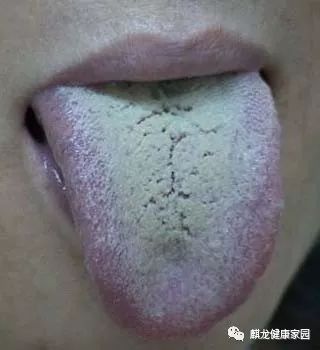
【Five Organs Transforming into Five Fluids】
The five secretions or excretions, namely sweat, nasal mucus, tears, saliva, and spittle, are referred to as the five fluids. The five fluids are transformed by the five organs: the heart produces sweat, the lungs produce nasal mucus, the liver produces tears, the spleen produces saliva, and the kidneys produce spittle.
1. Sweat as the Fluid of the Heart: Excessive sweating consumes heart blood and injures heart Yang. For patients with excessive blood loss, even if they suffer from wind-cold, sweating should not be used as a treatment; for those who sweat excessively, bloodletting should not be employed. Traditional Chinese Medicine emphasizes that “those who lose blood have no sweat, and those who lose sweat have no blood.” Therefore, during exercise, it is essential to choose a suitable environment, maintain body temperature, and avoid excessive sweating to prevent pathogenic factors from entering the body.
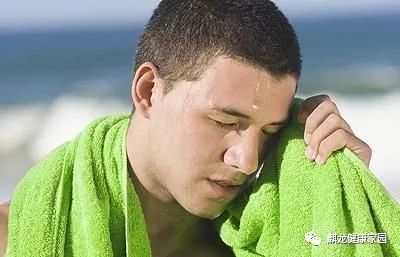
2. Nasal Mucus as the Fluid of the Lungs: Nasal mucus is secreted by the nasal cavity and functions to moisten the nasal passages. The nose is the orifice of the lungs, and the lungs produce nasal mucus. Lung heat or dryness leads to reduced nasal mucus and dry nose, while insufficient lung Qi results in nasal congestion and runny nose. Enhancing lung capacity can be achieved through walking, long-distance running, and breathing exercises.
3. Saliva as the Fluid of the Spleen: Saliva, or oral fluid, is the clearer and thinner part of saliva; it protects and cleanses the oral cavity. During eating, saliva is secreted in larger amounts, moistening and dissolving food for easier swallowing and digestion. If the spleen and stomach fluids cannot be sent upward to the mouth, there will be less saliva and dry mouth; if the spleen Qi is deficient and cannot absorb fluids, there will be excessive salivation.
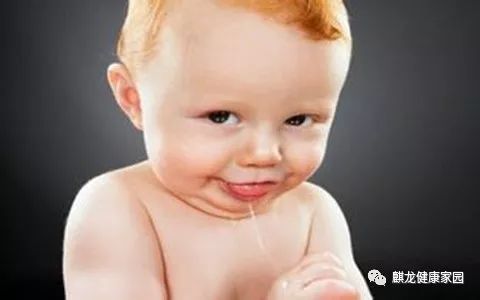
4. Tears as the Fluid of the Liver: The liver opens to the eyes, and tears flow from the eyes. Tears have the function of moistening and protecting the eyes. If tears are insufficient, the eyes become dry, indicating liver Yin or liver blood deficiency; tearing in the wind indicates wind-heat in the liver channel or deficiency of both liver and kidney. The degree of dryness in the eyes can reflect the condition of the liver and kidneys.
5. Spittle as the Fluid of the Kidneys: Spittle and saliva are both oral fluids, with spittle being thicker and saliva being thinner. Saliva not only moistens and dissolves food for easier swallowing and cleanses and protects the oral cavity but also nourishes kidney essence. Therefore, one should not casually spit; if there is saliva, it is better to swallow it slowly in three sips, as swallowing the oral fluids can nourish kidney essence.
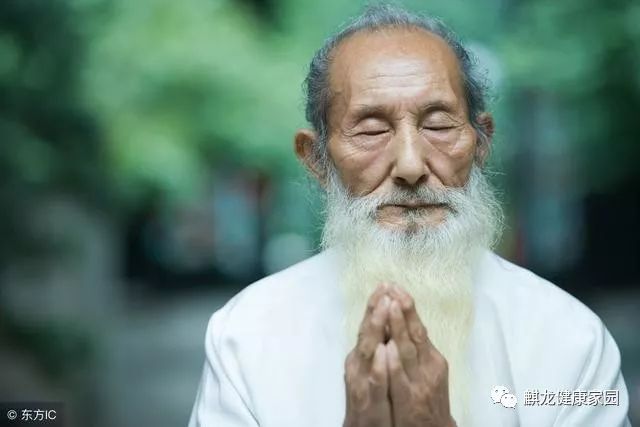
(All images and texts are sourced from the internet)

